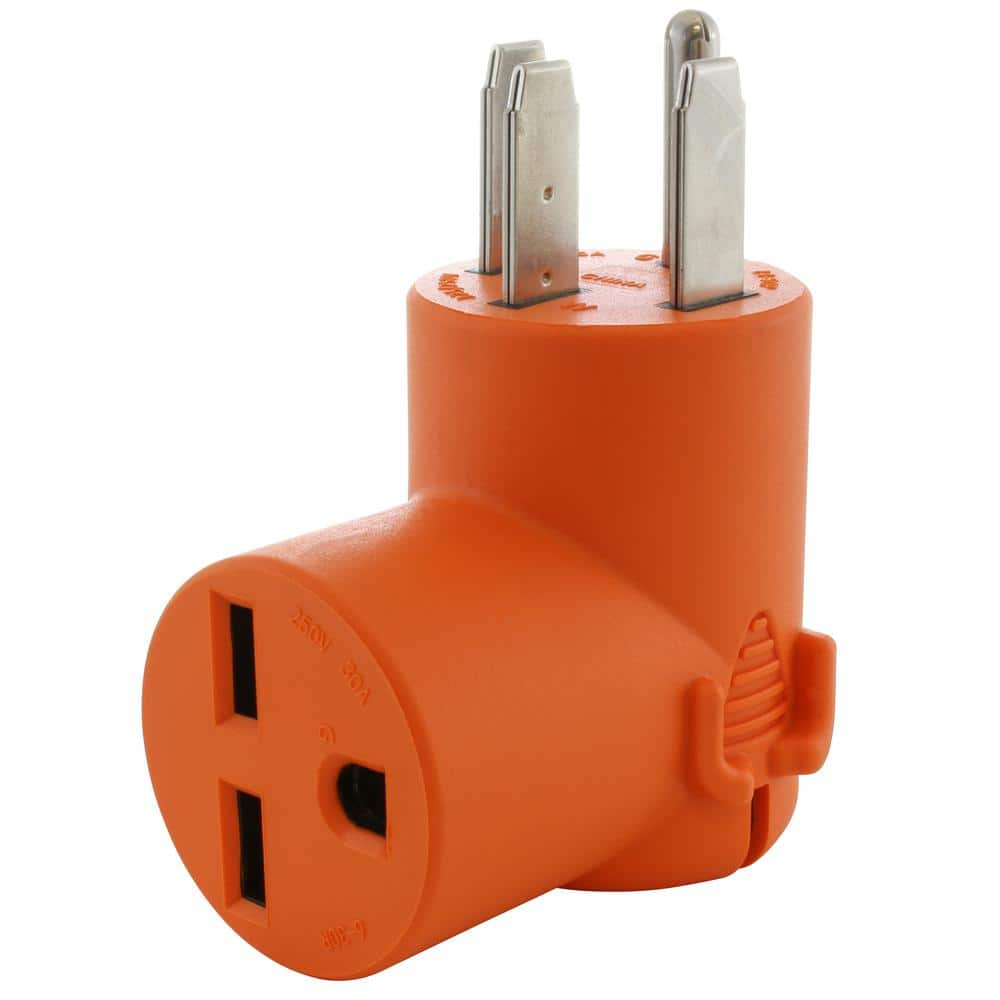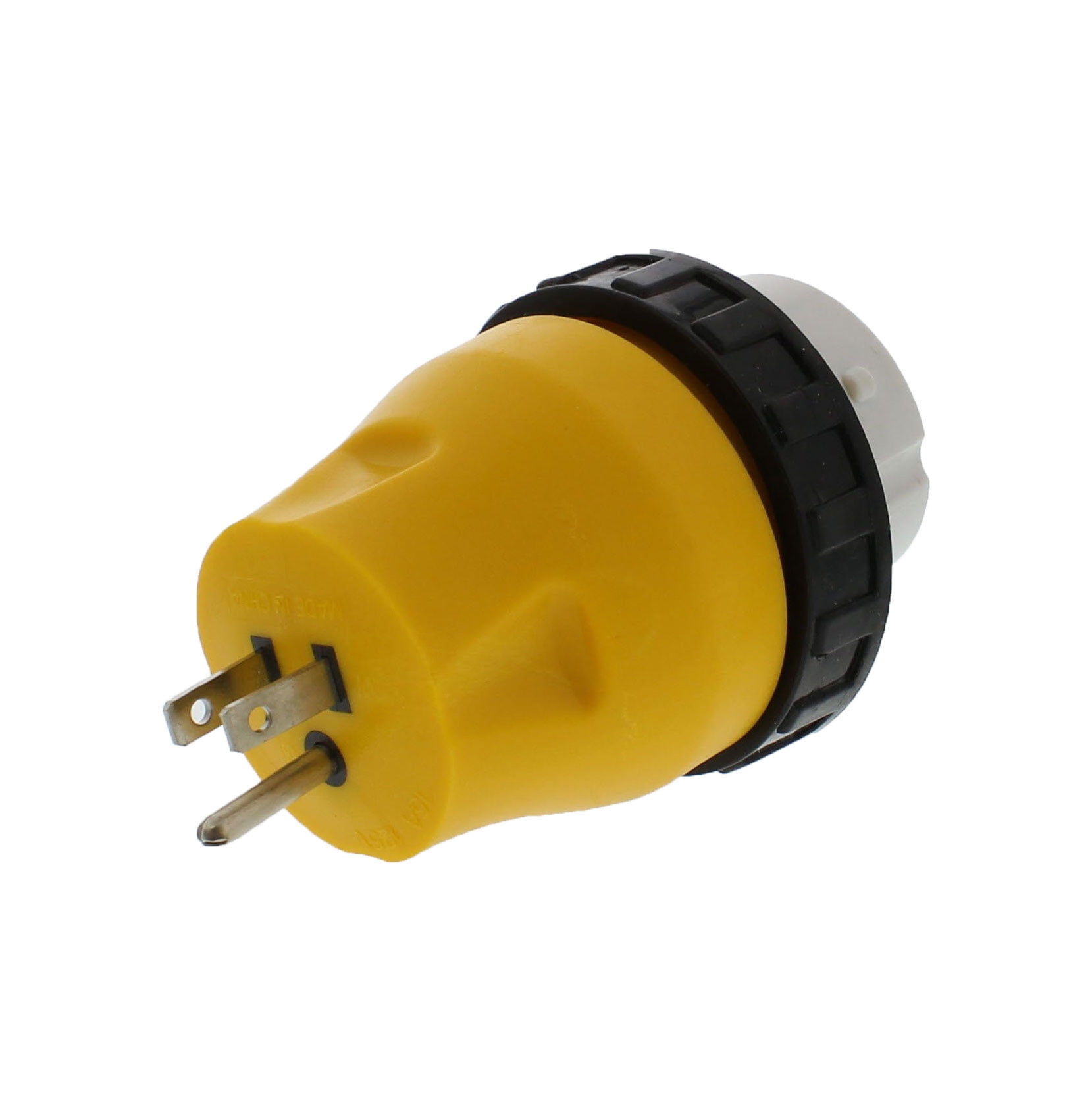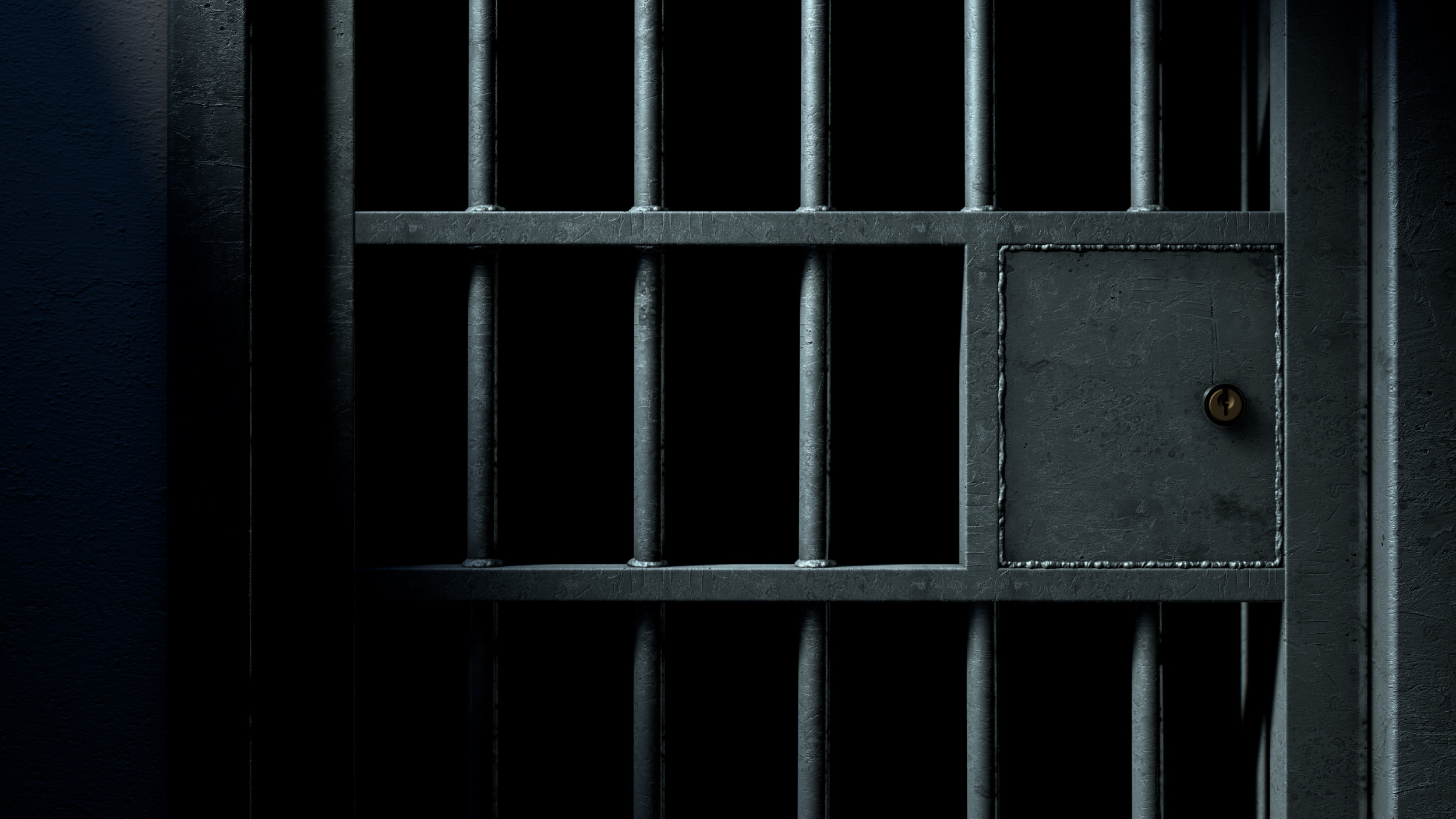Table Of Content

These devices can keep the house warm, keep the lights on, and ensure everyone stays safe. But they’re not quite as safe as they can be if they’re hooked up to extension cords and running inside an attached garage. There are better options, and master electrician Heath Eastman helps a homeowner set theirs up correctly. Next figure out where you want to plug your generator into your house from the outside.
Connecting the generator plug to the house panel
How Does a Generator Work — Power Your Home With a Generator - Popular Mechanics
How Does a Generator Work — Power Your Home With a Generator.
Posted: Fri, 09 Dec 2022 08:00:00 GMT [source]
Twist lock is an effective solution to prevent the plug from getting pulled out because of vibration or pull on the cord. You can compare the amperage rating of your plug to the rating mentioned in the NEMA code written on the replacement plug. As a rule of thumb, if the plug has the same amperage rating it should yield the similar amount of wattage. Voltage is the intensity or pressure of electricity produced by the power source such as battery, power grid etc. Voltage is measured in Volts and is commonly denoted by the letter V.

Westinghouse WGen12000DFc 12500-Watt Dual Fuel (Gasoline/Propane) Portable Generator
Power outages are unpredictable, and not even the most foresighted person can envision the next power failure. Generators come in handy in preparing you for outages ahead of time. To prevent carbon monoxide poisoning, don’t use the generator in enclosed spaces. Make sure to keep the generator at least 20 feet away from your home. Keep in mind that some appliances, like air conditioners, require a lot of power to start up. So you may need to start with a smaller generator and then upgrade to a larger one as your needs change.
Regularly maintain the generator.
Only use appliances that don’t exceed the generator’s wattage capabilities. After you’ve determined which appliances and devices you need to power, the next step is to consider their wattage or power consumption. The first and most important step is to determine which appliances and devices you need to power. This will help you determine the size of the generator you need as well as how to wire it.
Rick is an engineer and manager, he’s used generators his whole life and specializes in fact checking our articles. Chad is a writer and webmaster helping to keep things running smoothly on the site. Read more about Rick and Chad, or send a message using this contact form. While plug-in hybrid sales comprise just a fraction of EV sales in the U.S., they saw their best year ever in 2023.
Manual vs. Universal Transfer Switches
Finally, turn on the generator and flip the universal transfer switch on the inlet box to the “on” position. The generator is now connected to the house and ready to provide power. Once the inlet box is installed, you can connect the generator to it . First, make sure that the generator is turned off and disconnect the power supply cord from the outlet. Next, connect one end of the supply cord to the generator inlet plug.
Let me start by saying that the safest way of connecting a portable generator set or any other power source to house wiring is via a transfer system. The question of course is what to do if you don’t have one and a power outage caught you off guard? Fortunately, there are still some ways of energizing your house without a transfer switch, especially if you have a drier line. A generator is a machine that turns mechanical energy into electrical energy. It provides electricity to devices and appliances when you are not connected to the power grid. Generators are important safety equipment during natural disasters such as hurricanes and snowstorms, or during any power outage.
These devices are weather-resistant, but power inlet boxes with bottom-mount inlets are the safest to use. You’ll need a specialized generator cord to connect the generator to the transfer switch. This cord plugs into the outlet on your generator and to the inlet on your transfer switch.
This does not constitute professional or legal advice– see complete disclaimer linked below. Always refer to NEC®, local codes and your product manual for wiring and safety requirements. It is strongly advised that all the work be done by a licensed professional. Instead, you’ll need a device known as a transfer switch to safely hook your generator up to your home. The common plugs are rated for 125 V to 600 V and 15 Amps to 60 Amps. Whole house generators, or home standby generators, keep your home's systems and appliances powered up whenever you get separated from the power grid.
In this method, you will be connecting the generator directly to the house wiring. It is important to note that this method should only be used if the generator is rated for the same or higher voltage as the house wiring. The interlock kit is a bit more expensive than an MTS but it provides an extra layer of safety. You should only consider this option if you are comfortable working with electrical circuits. Make sure that your generator is outside or in a well-ventilated area, then start it up.
Remember, you can always use extension cords to feed stand-alone appliances. If nevertheless you decided to power up your home without a transfer switch, let’s first review the safety issues before going over the available options listed below. Note that the duplex plug is the common 2 or 3 pronged plug that's used extensively in households and these plugs are NEMA 1 (15 Amp only) and NEMA 5 respectively. It is the grounded connector where you have a hot and neutral wire and for a 3 prong an additional ground wire. Most of the times you will discover the 3 prong plug unless you have an electrical structure laid out before 1960 or have particularly manufactured a fitting for 2 prong. Some small appliances are still made to support a 2 prong arrangement but are safely usable in 3 prong outlets.
It basically prevents the generator from powering the box without first turning off the main breaker. This is prevents the generator from ever back feeding into your utility line. He also showed an interconnect switch, which wires to the main breaker panel and allows the entire panel to be energized by the generator. Both of these should only be installed by a licensed electrician and can be purchased from an electrical supply house.
It has a weatherproof cover and provides a safe and convenient way to connect generator to the house wiring. It is a bit more complicated than an MTS but it has some advantages. The best option in terms of power, safety, and convenience, when connecting a large portable generator, are power transfer systems. They contain everything you need to hook up your generator to your house. No matter what type of generator you have, always consult the owner's manual for detailed instructions and safety guidelines prior to operation.

By following these steps, you can successfully install a generator plug to your house panel. Make sure to consult a professional electrician if you have any doubts or concerns. With your generator plug installed, you can now have peace of mind knowing that you have a reliable backup power source for your home. If you’re considering installing a generator plug to your house panel, taking the necessary steps to prepare the house panel is crucial. Proper preparation ensures a safe and efficient installation process. In this section, we will walk you through the key steps involved in preparing the house panel for the generator plug installation.
After it warmed up, activate those lines that you need, and do it one at a time. To connect your generator to your electrical panel, you’ll need a transfer switch installed by a licensed electrician. This switch allows you to safely switch between utility power and generator power without backfeeding. It’s important to hire a professional to ensure a proper and safe installation.
The cord should connect the generator’s outlet to the inlet of the transfer switch. If you live in an area that is prone to power outages, it’s a good idea to have a backup plan. This can provide you with power during an outage and help keep your family safe and comfortable. In this article, we will walk you through the process of how to connect a generator to your house. Power cords are necessary to connect to these inlet boxes, but these cords are far beyond typical extension cords.


No comments:
Post a Comment